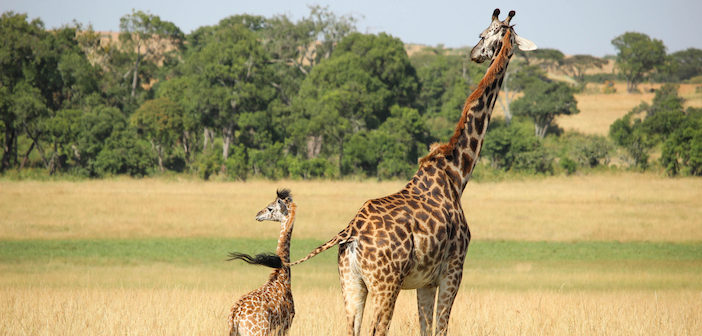With their long necks and beautiful colors, giraffes are one of the most iconic African animals. Despite their popularity, giraffes are currently facing severe declines in population. Various wildlife protection groups have taken note of this and sought to get giraffes the protection they need.
However much you know giraffes, to see one in the wild for the first time feels prehistoric. — Dr. Jane Goodall
Why are giraffe populations declining?
Giraffe populations are decreasing due to multiple problems that are mainly human-caused. Giraffes are commonly hunted for bushmeat, and their bones are carved and traded around the world. In addition to these direct threats to the animals, deforestation, loss of habitat, and fragmentation are also harming the giraffe populations. With less places to live, less food to eat, and less interaction between groups, giraffes as a species are confronted with serious obstacles that with time could get worse.
How will being on the Endangered Species List help giraffes?
Faced with new data revealing that giraffe populations have declined by almost 40% over the past 30 years, groups such as the International Fund for Animal Welfare and the Humane Society International have petitioned the U.S. Fish and Wildlife Service add giraffes onto the Endangered Species List. Not only would this help spread the word about the trouble the giraffes are in, but it would also put in place some helpful protections. By classifying giraffes as endangered, the U.S. would ban most imports of giraffe parts and trophies. This would restrict domestic trade and discourage people from trophy hunting giraffes.
What can you do?
The U.S. Fish and Wildlife Service has 90 days to either add the giraffe or not to the list. Keep an eye out for possible news about whether the petition was granted or not. Also, be sure to spread the word about the plight of giraffes for awareness is key to create change. Currently about 97,000 giraffes live in the wild (a sharp decrease from the 151,000-163,000 that inhabited the world in 1985), and it is vital that we take notice to make sure the animals we love receive the protection they need.




